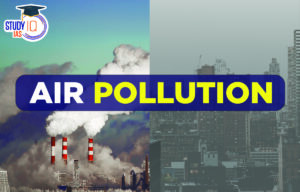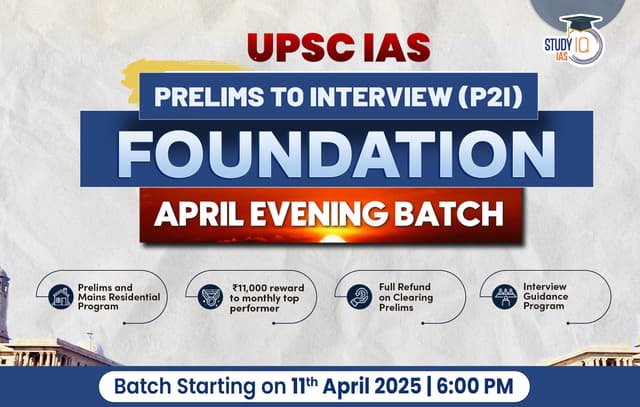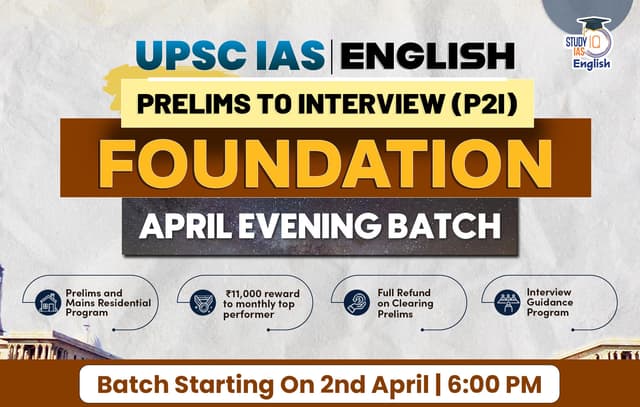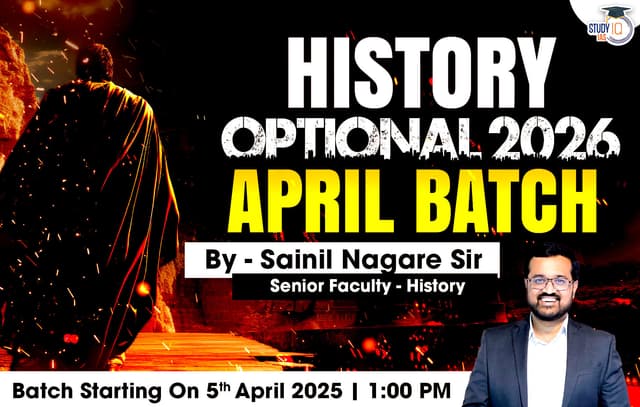Daily Current Affairs for UPSC 2022
Q) With reference to the ‘Remission of Duties and Taxes on Exported Products (RoDTEP) Scheme’, consider the following statements:
- Goods exported through e-commerce platforms can benefit under this scheme.
- The objective is to boost the public-private partnerships in the road sector in India.
- At present, Special Economic Zone and Export Oriented Units are not covered under the scheme.
Which of the statements given above is/are correct?
- 1 only
- 1 and 2 only
- 2 only
- 1, 2 and 3
Explanation:
- Statement 2 is incorrect: Under Scheme for Remission of Duties and Taxes on Exported Products (RoDTEP) a mechanism is created for reimbursement of taxes/ duties/ levies, at the central, state and local level, which are currently not being refunded under any other mechanism, but which are incurred in the process of manufacture and distribution of exported products. This scheme aims to boost the domestic industry and Indian exports providing a level playing field for Indian producers in the International market so that domestic taxes/duties are not exported.
- Statement 1 is correct but statement 3 is incorrect: This scheme is applicable to all the sectors involved in the export of goods irrespective of their turnover. However, the country of manufacturing should be in India.Goods exported through e-commerce platforms can benefit under this scheme. Moreover, Special Economic Zone Units and Export Oriented Units are also eligible under the scheme.
Q) With reference to the ‘PM-KUSUM’ scheme, reference to the ‘PM-KUSUM’ scheme, consider the following statements:
- It is a demand driven scheme launched by the Ministry of Agriculture.
- The objective is to de-dieselization of the farm sector and increase the income of the farmer.
- Under the scheme Grid Connected Renewable Energy Power Plants can be installed both on barren and cultivable land.
Which of the statements given above is/are correct?
- 1 and 2 only
- 1 and 3 only
- 2 and 3 only
- 1, 2 and 3
Explanation:
- Statement 1 is incorrect: Ministry of New and Renewable Energy (MNRE) has launched PM KUSUM (Pradhan MantriKisanUrjaSurakshaevamUtthaanMahabhiyan) Scheme for farmers for installation of solar pumps and grid connected solar and other renewable power plants in the country. It is a demand driven scheme and capacities are allocated based on demand received from the states.
- Statement 2 is correct:Under PM-KUSUM Scheme it is targeted to achieve 10000 MW capacity through installation of grid-connected solar power plants each of capacity upto 2 MW under Component A and solarisation of 35 lakh agriculture pumps under Component-B and Component-C. The objectives of the Pradhan Mantri Kisan Urja Suraksha evam Utthaan Mahabhiyan (PM-KUSUM) include de-dieselisation of the farm sector, providing water and energy security to farmers, increasing the income of farmers and curbing environmental pollution.
- Statement 3 is correct: Under Component-A of the scheme, for Setting up of 10,000 MW of Decentralized Grid Connected Renewable Energy Power Plants on barren land. Moreover, these power plants can also be installed on cultivable land on stilts where crops can also be grown below the solar panels.
Q) Consider the following statements:
- According to the Election Commission (EC), political parties are listed as “national party”, “state party” or “registered (unrecognised) party.
- The Parliament has laid down the technical criterion for a party to be recognised as a national party in India.
- The conditions for being listed as a national party are specified under the Election Symbols (Reservation and Allotment) Order, 1968.
Which of the statements given above is/are not correct?
- 1 only
- 2 only
- 2 and 3 only
- 1, 2 and 3
Explanation:
- Statement 1 is correct: According to the Election Commission (EC), political parties are listed as “national party”, “state party” or “registered (unrecognised) party”. National party would be one that has a presence ‘nationally’, as opposed to a regional party whose presence is restricted to only a particular state or region.
- Statement 2 is incorrect: Election Commission of India (ECI) has laid down the technical criterion for a party to be recognised as a national party.
- Statement 3 is correct: The conditions for being listed as a national or a state party are specified under the Election Symbols (Reservation and Allotment) Order, 1968. Qualifications for becoming a national party are any of the following:
- It is ‘recognised’ in four or more states; or
- If it has won at least 2% of the total seats in the Lok Sabha from not less than three states;
- If its candidates polled at least 6% of total valid votes in any four or more states in the last Lok Sabha or Assembly elections and has at least four MPs in the last Lok Sabha polls.
Q) With reference to tropical cyclones, consider the following statements:
- The monsoon season is not favourable for cyclone formation.
- Due to the constant flow of river water, the Bay of Bengal experiences more cyclones than the Arabian Sea.
- One of the prerequisites for cyclone formation is divergence of air in the upper atmosphere over the sea.
Which of the statements given above is/are correct?
- 1 and 2 only
- 2 only
- 1 and 3 only
- 1, 2 and 3
Explanation:
- Statement 1 is correct: Typically, tropical cyclones in the North Indian Ocean region (Bay of Bengal and Arabian Sea) develop during the pre-monsoon (April to June) and post monsoon (October to December) periods. During the monsoon season, there exists very high vertical wind shear due to strong monsoon currents. This dampens the intensification in strength and wind speeds of cyclone. As a result, clouds do not grow vertically and monsoon depressions often fail to intensify into cyclones. Generally, the monsoon conditions are not favourable for cyclones to develop in the North Indian Ocean due to the presence of strong opposing winds that is, “the lower atmospheric winds are in one direction (southwesterly) and the upper atmospheric winds are in the other direction (northeasterly). This prevents a cyclone from developing vertically.”
- Statement 2 is correct: The Bay of Bengal is fed by a constant source of freshwater in the form of giant rivers like the Ganga and the Brahmaputra. The river water that empties into the Bay of Bengal warms up at the surface and rises up as moisture. This makes it difficult for the warm layers of water to mix properly with the cooler layers of water below, keeping the surface always warm and ready to feed any potential cyclone over it. Furthermore, because of the shape of the land around the Bay of Bengal, the winds are slower and weaker over the ocean, ready to spin. Conversely, the northern, central and western parts of the Arabian Sea have a much cooler temperature. The mountains in east Africa direct winds towards the Arabian Peninsula, dissipating heat much more efficiently throughout the Arabian Sea. As a result, this region is not favourable to feed potential cyclones and about half the cyclones that move into this area typically lose energy and dissipate.
- Statement 3 is correct: Tropical cyclones originate and intensify over warm tropical oceans. The conditions favourable for the formation and intensification of tropical storms are: Large sea surface with temperature higher than 27° C; Presence of the Coriolis force; Small variations in the vertical wind speed; a pre-existing weak low-pressure area or low-level-cyclonic circulation; Upper divergence above the sea level system.
Q) Consider the following statements about the ‘Krishi Udan Scheme’:
- It aims to transport food products from the areas affected by natural calamities.
- It is a flagship scheme of the Ministry of Agriculture and Farmers welfare.
- All perishable commodities are covered under Krishi Udan Scheme in the country.
Which of the statements given above is/are correct?
- 1 and 2 only
- 2 and 3 only
- 1 and 3 only
- 3 only
Explanation:
- Statement 1 is incorrect:the Krishi Udan Scheme 2.0 was announced in October 2021 enhancing the existing provisions, mainly focusing on transporting perishable food products from the hilly areas, North-Eastern States and tribal areas. It aims to increase share of air carriage in the modal mix for transportation of Agri-produce includes horticulture, fishery, livestock and processed products. It lays out the vision of improving value realization for farmers through better integration and optimization of Agri-harvesting and air transportation.
- Statement 2 is incorrect:Krishi Udan Scheme is a convergence scheme where eight Ministries/Departments namely Ministry of Civil Aviation, Department of Agriculture & Farmers’ Welfare, Department of Animal Husbandry and Dairying, Department of Fisheries, Ministry of Food Processing Industries, Department of Commerce, Ministry of Tribal Affairs, Ministry of Development of North-Eastern Region (DoNER) would leverage their existing schemes to strengthen the logistics for transportation of Agri-produce.
- Statement 3 is correct:All perishable commodities are covered under Krishi Udan Scheme in the country. The scheme assists farmers in transporting agriculture products so that it improves their value realisation. Krishi Udan scheme provides air transportation and logistics support for perishable agri-produce as per the need. A total of 58 airports were covered under Krishi Udan Scheme 2.0. The scheme was formulated with support from AAICLAS – a 100% subsidiary of the Airports Authority of India and Invest India, under the Ministry of Commerce and Industry.


 Air Pollution in India, Causes, Effects,...
Air Pollution in India, Causes, Effects,...
 Daily Quiz 03 April 2025
Daily Quiz 03 April 2025
 List of National Symbols of India with N...
List of National Symbols of India with N...





















